Fresh-cut firewood simply won't burn the way you want it to. Recently split or cut firewood, typically features a moisture content of about 100%. This means half the wood's weight is from water.
As you may have experienced or can imagine, wet wood won't burn. Therefore, your firewood needs to be seasoned and dry before using it.
While seasoned firewood is easier to ignite, that's not the only benefit. Properly seasoned firewood is much lighter to carry, produces a cleaner burn, and is simply safer overall.
First, let's explore what seasoned firewood looks like so you'll know when your wood is ready.
How to Tell if Firewood is Seasoned
There are quite a few factors to look at when analyzing if your firewood is ready for burning. Properties of seasoned include:
- Color: Green wood is more colorful and bright than seasoned wood. As the firewood becomes drier, the color will continue to fade until it is a dull, gray color.
- Weight: Dry wood will be much lighter than green or freshly cut firewood. As firewood is seasoned, it loses its moisture level and will have an obvious weight change–especially if you're using softwood.
- Cracks: Cracks in the wood is another good indicator that it's seasoned and ready to use. Keep in mind that not all seasoned firewood will crack, so be sure to evaluate the other properties of dry wood as well.
- Bark: How easily bark can be removed is another property of seasoned wood. The bark on dry wood is loose and easy to remove.
- Smell: Green wood will have a distinct sappy smell that is easily noticeable. Dry wood, however, will not have a powerful scent but will be more of a woodsy smell.
- Strength: When compared to seasoned wood, green wood is much easier to dent and split. As wood drys, it becomes more compressed.
- Moisture Level: As we discussed earlier, newly cut wood is extremely high in moisture content. For firewood to be considered seasoned, its moisture content must be below 20%–ideally around 10%.
- Sound: When struck against another piece of wood, dry wood will make a hollow sound. Wet wood will create a dull thud when struck against another piece of wood.
Tips for Quickly Seasoning Firewood
- Know What Type of Wood You're Using
The type of wood you use matters. You may not have a ton of options when it comes to what type of wood you want to season, but some firewood is better than others.
How long you need to season the wood will depend on the type of wood it is. For example, pine and other softwoods might only need 6 months to be properly seasoned, while hardwoods will require at least a year.
- Prepare Your Wood During the Right Time of Year
The ideal time of year for gathering and preparing firewood for seasoning is during the summer months. The more presence of the sun and the warmer the weather, the better.
Be sure to properly time out the seasoning process depending on your wood type. For example, if you're using softwood and you want it ready by October, you should begin preparing it during early spring.
- Split, Cut, and Size Your Wood Properly
When chopping wood for seasoning, you want to ensure that the pieces are all similar in size. This will make stacking and storing your wood much easier.
We recommend cutting your logs to the standard face cord size–16 inches long. It will fit better in your fire pit and will be easier to stack on smaller log racks.
After cutting the wood, be sure to split it into a manageable shape and size. The general rule of thumb is to split the wood into quarters.
Note: Never use wood from a dying or dead tree–the wood will not burn properly.
- Store it outdoors
The best place for seasoning your firewood is outdoors in the sunlight. Firewood that is stored inside will not season properly. If you live in a particularly rainy area, storing your firewood in an open-air storage space such as a shed or barn is another option. It's just important that the wood gets quality airflow.
- Correctly Stack the Wood
Correctly stacking your firewood is essential to quickly seasoning your firewood. When stacking your firewood, ensure that it's elevated enough that no wood is touching the ground. Wood pieces that are left touching the ground will remain wet and can cause uneven fires.
Select a stacking area that gets plenty of sunlight and is way from any structures. Airflow is extremely important. An easy and effective place to stack your firewood is on a firewood log rack. This will keep the wood off the ground and allow for plenty of air and sunlight.
You'll also want to make sure your firewood is protected with a cover. This will help rain or snow run off your stack. However, be sure to leave the ends of your stack uncovered to allow for maximum air circulation and moisture to escape.
Make Bonfire Season Cleaner, Safer, and Easier with Walden
Seasoning your firewood is a major way to ensure your fire will be clean, safe, and last all evening long. To elevate your bonfire experience in every way, shop Walden Backyards superior products.
Have questions about seasoning firewood or general fire pit safety? Contact Walden Backyards by calling 800-977-0034 or visiting our website.

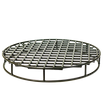







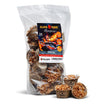
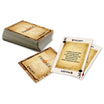

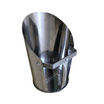

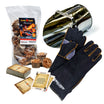


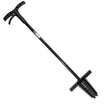
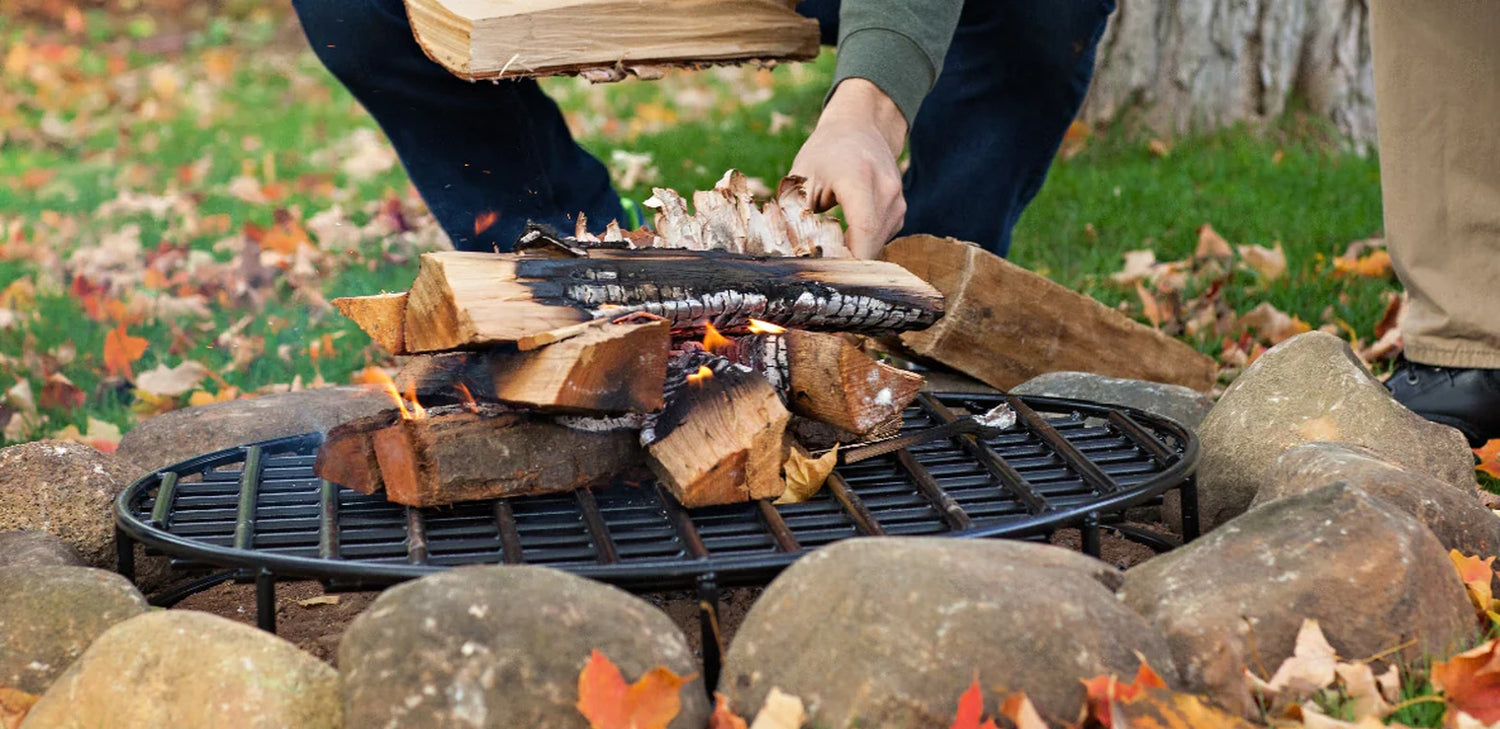
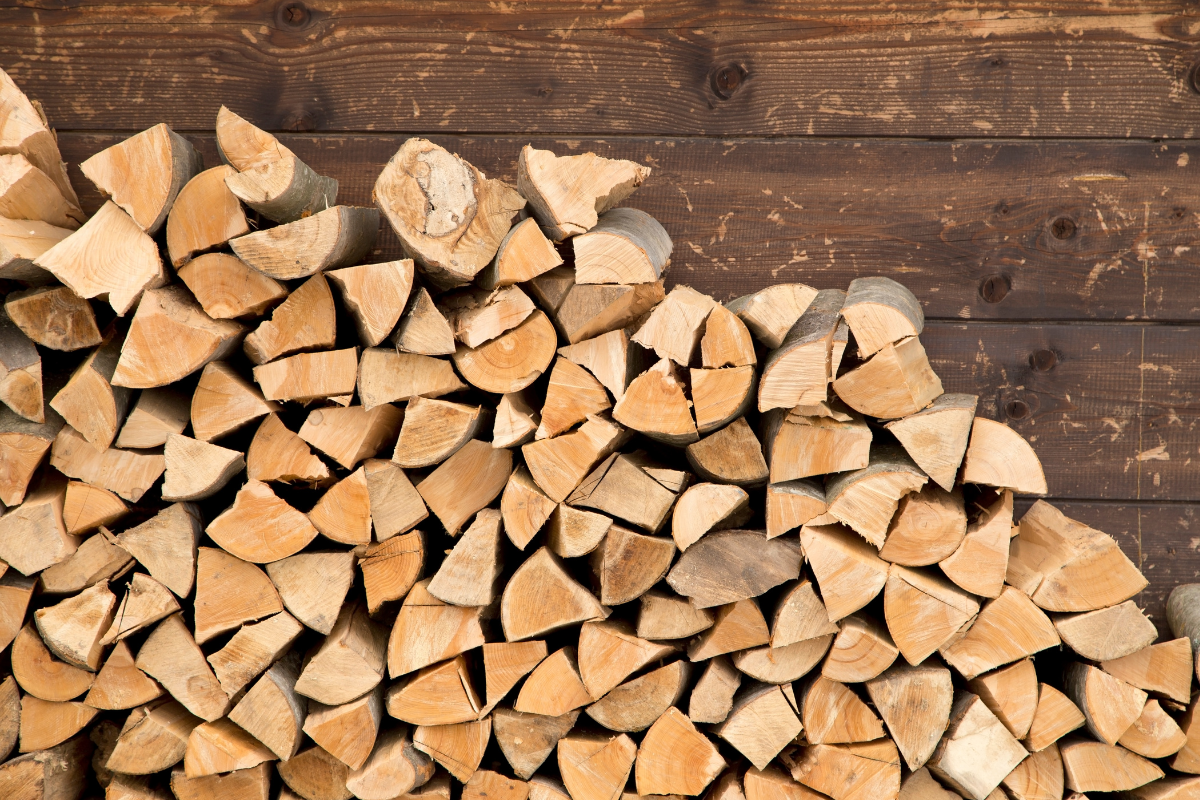
Leave a comment
This site is protected by hCaptcha and the hCaptcha Privacy Policy and Terms of Service apply.